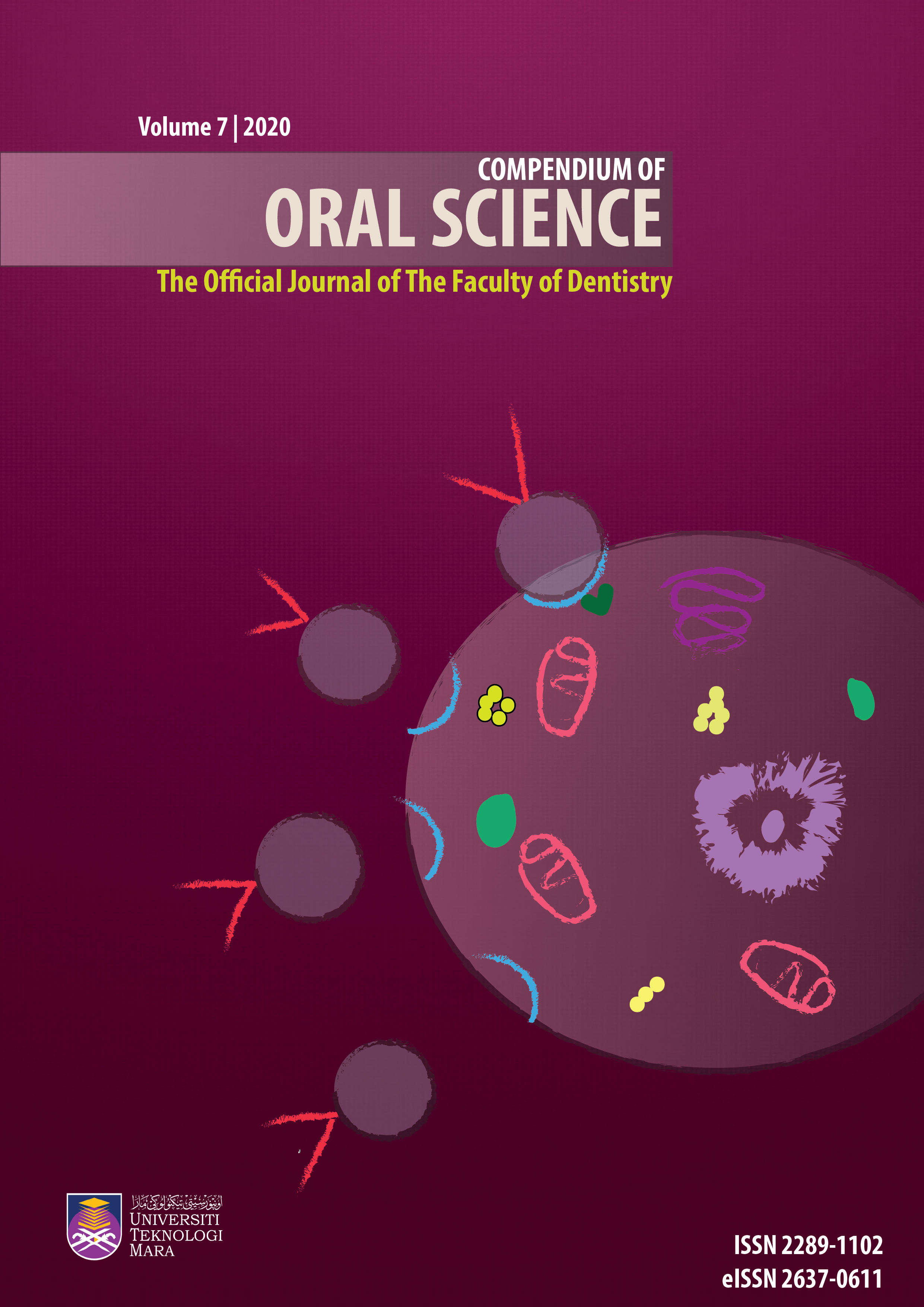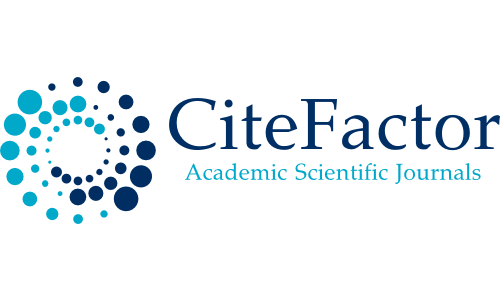Antifungal Activities of Ziziphus mauritiana against Candida albicans: In Vitro Study
DOI:
https://doi.org/10.24191/cos.v7i0.17489Keywords:
antifungal, Ziziphus mauritiana, Candida albicans, plant extractAbstract
Medicinal plants have been discovered and used in traditional medicine and pharmaceutical industries since centuries. In the current study, Ziziphus mauritiana leaves was used as it is rich with many biological active compounds such as flavonoids, polyphenols, sapronins and tanins. Previous studies reported the antibacterial and antifungal effects of Z. mauritiana towards various microorganisms. However, the antifungal activities of Z. mauritiana methanol extracts on Candida albicans (Clinical and American Type Culture Collection Strains) have not been discovered extensively.
Objectives: Therefore, the aim of the current study is to investigate the antifungal activity of Z. mauritiana leaves methanol extracts against C. albicans ATCC strain and clinical isolate (from oral cancer patient).
Methods: Antifungal susceptibility test (AST) was performed using disc diffusion, minimum inhibitory concentration (MIC) and minimum fungicidal concentration (MFC) to determine the antifungal activity of methanol leaves extract of Ziziphus mauritiana against C. albicans ATCC and clinical isolates.
Results: The results obtained showed that there is no zone of inhibition seen from disk diffusion test for both strains. However, the minimal inhibitory and minimal fungicidal concentration showed that Ziziphus mauritiana methanol extracts was able to inhibit C. albicans clinical isolate but not ATCC strain at 500mg/mL.
Conclusion: The finding of this study suggests that that Ziziphus mauritiana leaves methanol extract showed promising results against Candida albicans. Thus, it can be used as a source for functional ingredients for pharmaceutical drug industries in-order to reduce or inhibit oral fungal infection.
Downloads
Published
How to Cite
Issue
Section
License
Copyright (c) 2024 Compendium of Oral Science

This work is licensed under a Creative Commons Attribution-NonCommercial 4.0 International License.
Materials contained in the journal may be reproduced for educational purposes provided that both the author(s) and the journal are appropriately recognised; otherwise duplication is not permitted. No articles, reports, or portions there of may be translated into other languages, published in books, journals, magazines, or any other print form without written permission from the authors and from the journal.
Disclaimer: The statements, opinions and data expressed in the articles and reports herein are those of the author(s) and not of the publisher and the editor(s). The publisher and the editor(s) disclaim responsibility for any injury to persons or property resulting from any schemes, methods, instructions or ideas referred to in the content.















